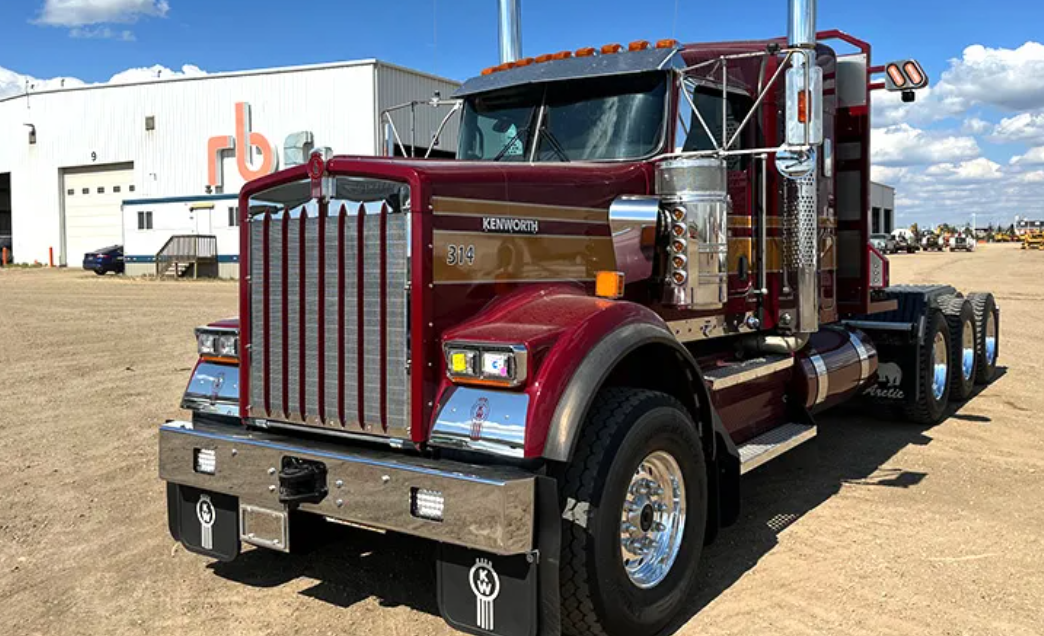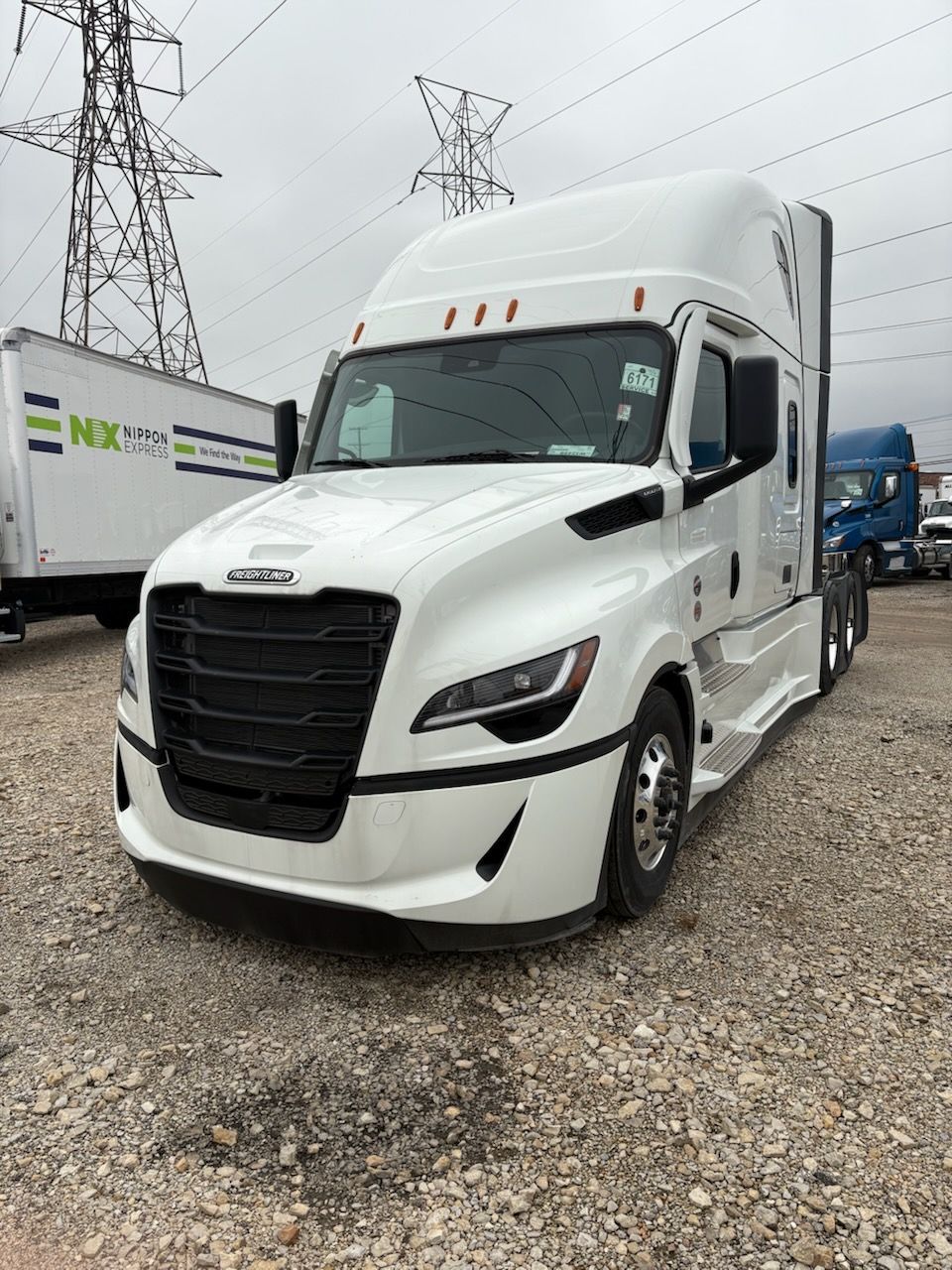Trucking in the 60s
Share this Article:

The 1960s marked a turning point in the history of trucking in America. The post-World War II economic boom had led to an explosion in the demand for consumer goods, and trucks were the primary means of transporting these goods across the country. The trucking industry was growing rapidly, with more than two million trucks on the road by the end of the decade. However, this growth also brought challenges and changes to the industry.
Lack of Highways
One of the biggest challenges facing the trucking industry in the 1960s was the state of the nation’s highways. Many of the roads were poorly maintained and not designed for heavy truck traffic. This made driving a truck a difficult and often dangerous job. It also led to increased wear and tear on the vehicles themselves, which required frequent maintenance and repairs.
The federal government recognized the need to improve the nation’s highways and in 1956, passed the Federal-Aid Highway Act. This legislation provided funding for the construction of the Interstate Highway System, which connected cities and regions across the country with a network of high-speed, limited-access highways. The construction of this system would continue throughout the 1960s and into the 1970s, transforming the trucking industry by providing faster and safer transportation routes for goods.
Trucker Shortage
Another challenge facing the trucking industry in the 1960s was the shortage of drivers. The long hours and demanding physical work of driving a truck made it difficult to attract and retain drivers. This led to high turnover rates and labor shortages, which in turn drove up wages and prices. The industry responded to this challenge by introducing new technologies, such as power steering and air conditioning, to make driving more comfortable and appealing to potential drivers.
Cab-over-Engines
The introduction of new technologies also brought changes to the types of trucks used in the industry. In the 1960s, the standard truck was a cab-over-engine (COE) model, which had the cab positioned directly over the engine. This design allowed for a shorter overall length, which was useful for navigating narrow city streets. However, it also made the cab less comfortable and cramped for the driver. By the end of the decade, conventional trucks with a longer hood and more spacious cab began to replace COE models, providing drivers with more comfort and space.
Safety and Regulations
In addition to these changes, the 1960s also saw the emergence of new regulations and laws governing the trucking industry. In 1966, the National Traffic and Motor Vehicle Safety Act was passed, which established safety standards for trucks and required manufacturers to meet certain safety requirements. The Motor Carrier Act of 1965 also established new rules for trucking companies, including minimum insurance requirements and mandatory safety inspections.
Overall, the 1960s marked a period of significant growth, change, and challenges for the trucking industry in America. The industry had to adapt to new technologies, regulations, and infrastructure developments, while also facing labor shortages and safety concerns. These changes laid the foundation for the modern trucking industry, which continues to play a vital role in the American economy today.
Bloom Services, Inc
Here at Bloom Services we are 100% OTR trucking. We offer newer trucks, and cover trailer and cargo liability. We don’t pay based on mileage, rather we pay 82% gross load. This is beneficial for strong drivers with a good work ethic, you will earn based on the actual load rather than mere miles. Our drivers average $3,000 plus a week take home pay after all expenses, like fuel, truck rent, etc. If you have Grit, and the endurance to consistently deliver loads and run for at least three weeks at a time, you can take home nearly $150K a year. If you are interested, apply now.



